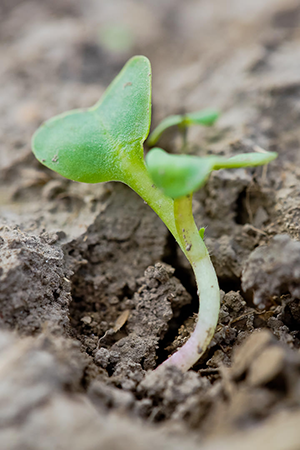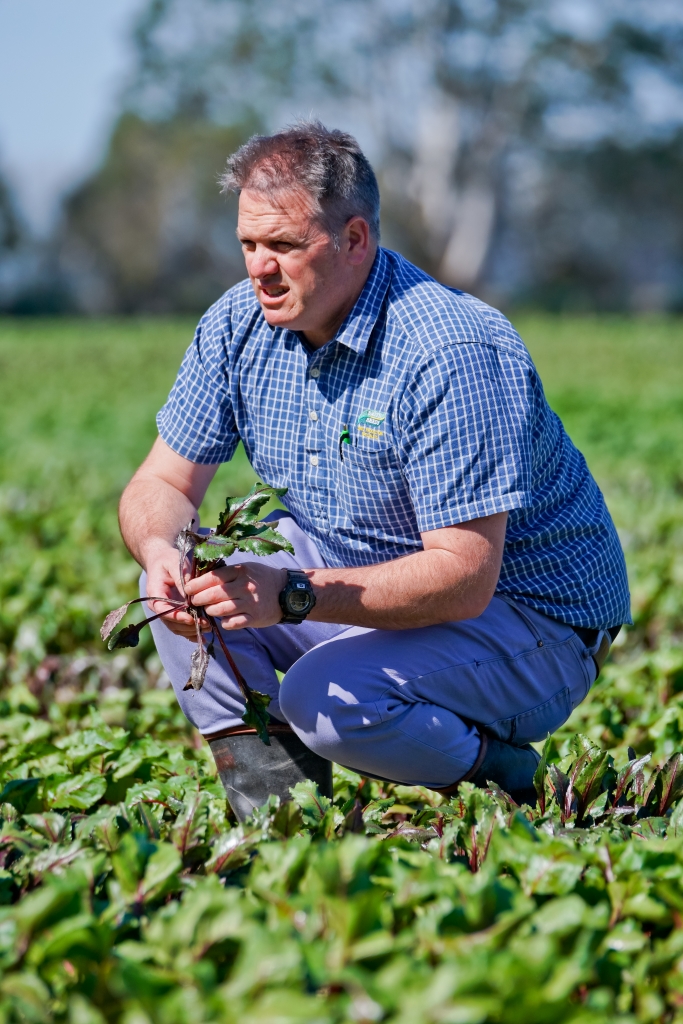Growing conditions – A Green and Fertile Land
As a valued customer, you can understand the importance of good growing conditions. Smith Seeds Ltd is located in Ashburton, the central area of the Canterbury Plains, renowned worldwide for top quality seed production. This area has good fertile soil, which has both dry land and irrigated options to accompany the highly mechanised farms. With a temperate climate coupled with low humidity it is not surprising that this area of New Zealand is ideally suited to superior seed production and allows a wide range of vegetable, fodder, pasture and amenity seeds to be produced. Good amounts of sunshine mixed with the appropriate amount of water and wind all come together to provide great growing conditions.
New Zealand spans latitudes 34 to 47 degrees south, and so lies within the Southern Hemisphere temperate zone. The main divide of the Southern Alps acts as a barrier to the prevailing westerly winds and this has a profound effect on the climate of Canterbury. With an approximate annual rainfall of 736 mm, many Canterbury locations observe a fairly even distribution of rainfall throughout the year. Separating New Zealand’s wettest region (the West Coast) from considerably drier regions east of the main divide, the Canterbury region is bounded in the east by the coast and in the west by the main divide, which reaches 3,724 m at the summit of Mount Cook. The coastal plain extends from Waimate to Waipara. The plains slope gently upwards but where they are broadest in mid-Canterbury, the foot of the ranges lies at 350-400m.


Smith Seeds are also producing seeds in the North Island particularly the Wairarapa, Manawatu and Hawkes Bay. In these areas, we mainly grow specialist crops such as Onions and Sweetcorn. However as you will see below the growing conditions also allow for excellent seed production. Summer weather is warm, dry and settled. Typical maximum daytime temperatures range between 20 and 28°C, sometimes rising above 30°C. Winters are cool to mild and frosts are common. Typical maximum winter temperatures range from 10 to 15°C. Hawke’s Bay has a temperate climate — neither too cold, nor too wet, although it enjoys some hot days in summer. Sheltered by the Tarawa Range, the Wairarapa has a dry and warm climate. It receives between 800 and 1,200 millimetres of rain each year, with western areas wetter than the east. Annual sunshine hours average more than 1,700 for Masterton.






